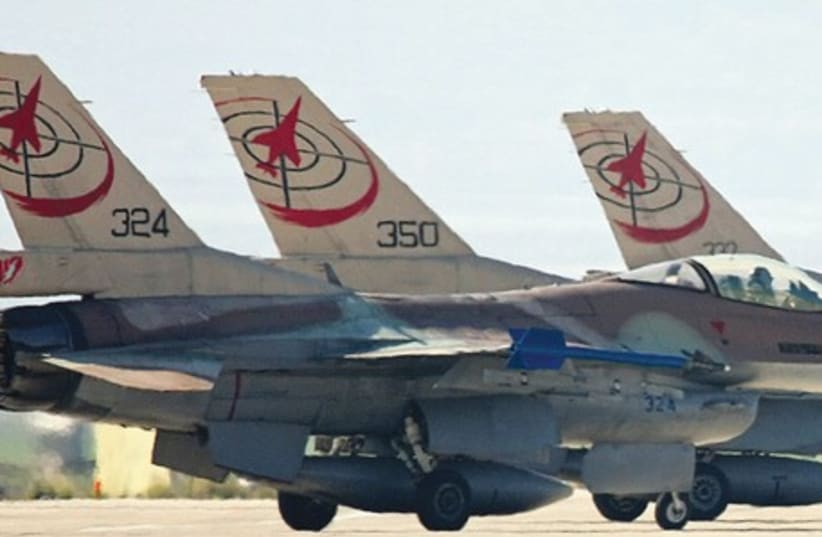Security and Defense: Delivering the most aggressive blow
The ‘Post’ joins an F-16C squadron at Ramat David Air Base for a peek into the life of its fighter pilots; as an integral part of the IDF's long-range reach, squadron could play role in any strike on Iran.
